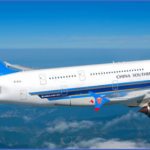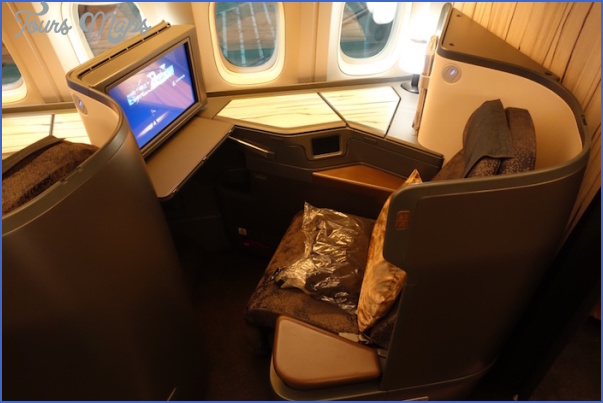Although it covers 54,000km/33,500 miles, the Chinese railway network is barely adequate with significant gaps in the north and southwest. About 16% is electrified. In the 70s and 80s there were extensions to the system but the programme has slowed down. Tracks and rolling stock are in poor condition.
Railways are the most important form of freight transport, while passenger transport barely meets half its capacity.
A new track is under construction from Beijing to Hong Kong. The 2400km/1490 mile project is the biggest in the history of Chinese railways and should be completed by 1996.
Over 120,000km/75,000 miles of river and canal are navigable, with the Changjiang and the Xijiang making up the biggest share. The waterways of northern China are either clogged with sand, have low water levels or are frozen. River traffic generally flows in a west-east direction and is responsible for roughly 5% of all freight and 3% of all passengers.
Other airlines have been established apart from the Civil Aviation Administration of China (CAAC) or Air China.
Airports have been expanded mainly in the Special Economic Zones and in the coastal cities. While Beijing and Shanghai remain the principal airports, those of other cities are steadily gaining in importance. Passenger traffic in 1994 totalled some 34 million.
China Air travels Photo Gallery
Maybe You Like Them Too
- The Best Cities To Visit in The World
- World’s 10 Best Places To Visit
- Coolest Countries in the World to Visit
- Travel to Santorini, Greece
- Map of Barbados – Holiday in Barbados
















